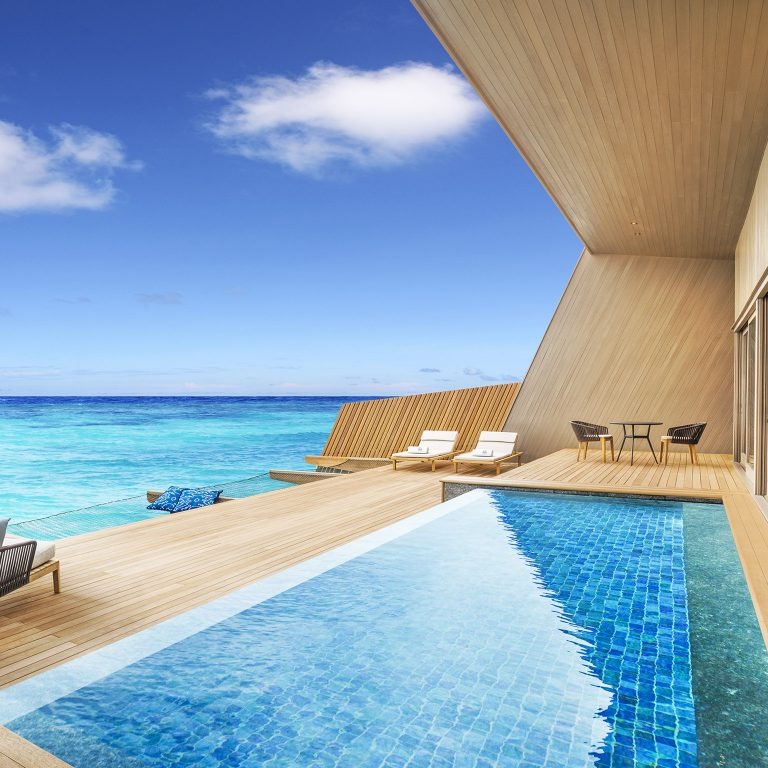The luxury sector finds itself in a dynamic state of reinvention. Marked by audacious collaborations, a resurgence of heritage-driven storytelling, cautious responses to economic headwinds, and increasingly discerning global consumers, the industry is at a crossroads. The latest wave of developments—from fashion and hospitality to mobility and tech—paints a vivid picture of both resilience and recalibration.
Collaboration as Cultural Catalyst
Among the month’s most discussed headlines is the Balenciaga x Lamborghini collaboration—a bold ready-to-wear partnership underscored by custom Revuelto supercars displayed at global flagships. This is more than cross-industry synergy; it’s a statement of intent. Both brands embody performance, prestige, and aesthetic extremity, but such high-octane partnerships also risk veering into theatricality. Now under the creative direction of Pierpaolo Piccioli, Balenciaga has an opportunity to inject humanity and depth into this spectacle—traits that defined Piccioli’s celebrated tenure at Valentino.
Leadership Shifts and Brand Evolution
Piccioli’s appointment at Balenciaga is a milestone that signals not only aesthetic change but a philosophical one. His debut collection, slated for October, may well redefine the tone of the brand after years of provocation and controversy. Meanwhile, RH’s naming of Lisa Chi as co-chief merchandising and creative officer reflects a parallel ambition in the American home furnishings sector: to align product curation with lifestyle storytelling at a more elevated level.
In hospitality, Hyatt’s partnership with American tennis player Jessica Pegula is an intriguing nod to the convergence of sport, luxury, and lifestyle. It’s a smart move, tapping into a younger, health-oriented luxury audience—especially relevant as wellness continues to evolve into a cornerstone of premium travel and branding.
Luxury’s Tech Frontier Expands
The announcement of a partnership between Kering Eyewear and Google to produce AI-powered smart glasses indicates a strategic push to fuse innovation with style. Wearable tech has long promised to merge function with fashion, but success has been elusive. With Kering’s design prowess and Google’s technical backbone, this could finally mark a breakthrough—though the risk remains that such products stay stuck in the novelty category.
Similarly, Aston Martin’s rollout of CarPlay Ultra, developed with Apple, points to the rising importance of digital UX in the luxury automotive experience. It’s a reflection of shifting consumer expectations: performance alone is no longer sufficient—seamless, intuitive, and beautiful interfaces are now table stakes.
Place-Making Through Heritage and Experience
Hospitality players continue to lean into locality and history. Rosewood’s debut in Riviera Nayarit and Mandarin Oriental’s meticulous restoration of the 12th-century Castello di Procopio highlight a turn toward transformative, site-specific storytelling. These destinations offer not just luxury, but narrative—spaces where heritage and modernity meet.
Likewise, Fairmont’s new campaign—its first in years—reconnects the brand with its storied past. Viewed through the cinematic eye of an award-winning filmmaker, the initiative celebrates historically significant events tied to its global properties, showcasing how memory can be an asset in the modern luxury toolkit.
St. Regis’ partnership with Vilebrequin also plays into this experiential wave, translating resort life into wearable leisure through an immersive capsule launch. Such collaborations are no longer peripheral—they are becoming essential to the experiential economies of luxury hotels.
Market Pressures and Shifting Power Centers
Chanel’s 4% revenue drop in 2024—its first decline in five years—offers a sobering counterpoint. The French house blamed macroeconomic conditions, but the message is clear: the days of guaranteed growth are over.
Equally troubling is Walpole’s report on UK luxury exports to the EU, which have plunged 64% since Brexit. The numbers expose a deep structural challenge: a once-influential luxury hub struggling to maintain its footing. In an era where seamless international trade is vital, British brands will need to double down on innovation, digital growth, and non-European markets to sustain momentum.
Authenticity in the Age of Algorithms
One of the more alarming developments comes from the digital front. Viral videos on TikTok, Instagram, and Facebook promote so-called “factory original” products—luxury items supposedly made in the same facilities as legitimate brands, minus the logos. These claims, often unfounded, erode trust and blur the lines between authentic luxury and deceptive near-copies. The implications are significant: luxury is no longer competing solely against counterfeits, but against counterfeit content. Brands must respond not only with IP enforcement but with education, transparency, and even more rigorous storytelling.
Wealth Mobility and Global Influence
In its latest report, Henley & Partners reaffirmed that the U.S. remains the world’s largest wealth market—but with an important caveat. Increasingly, high-net-worth Americans are exploring dual citizenship and international residency options. For luxury brands, this suggests that traditional markets may remain influential, but consumer behavior is becoming increasingly nomadic. The brands that win will offer continuity across borders—not just in product availability, but in values, experience, and community.
Events like the Gold Gala, sponsored by Genesis and celebrating AAPI Heritage Month, illustrate how automotive and luxury sectors alike are aligning with cultural moments to deepen relevance. And Audemars Piguet’s “House of Wonders” pop-up in Shanghai proves once again that China remains a cultural as well as economic center of gravity in the luxury space.
Summer of 2025 and Beyond
This year marks a turning point: the luxury industry is becoming more introspective, more adaptive, and—when at its best—more meaningful. Whether through grand collaborations, cultural programming, or purpose-led marketing, the message is clear: luxury must move beyond appearances. True desirability lies in craft, emotion, intelligence, and impact.
As we look ahead, the brands that embrace these values—rather than merely perform them—will set the new gold standard.


